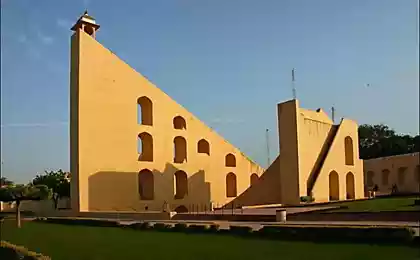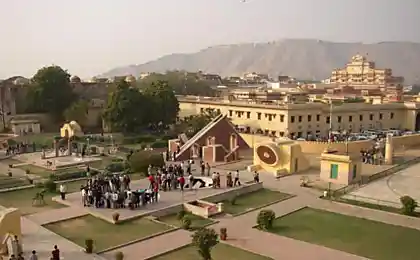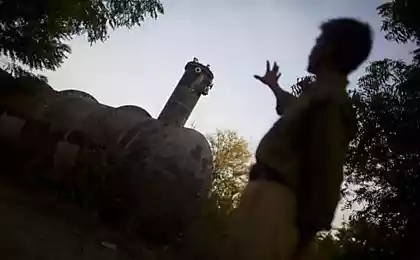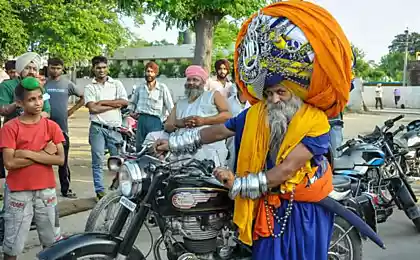529
Ancient Indian Observatory

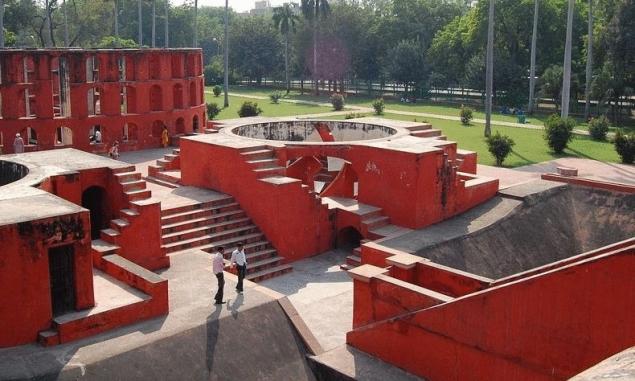
In the period between 1727 and 1734 years Maharaja Jai Singh II built five astronomical observatories in his native territory of West Central India. One of the most prominent among them was the Jantar Mantar, a complex of multiple buildings of unique form. Each of these structures had a special astronomical function in order to provdide observations and measurements. These structures with their striking combination of geometric forms has attracted the attention of architects, artists and scientists from all over the world but still remain unknown to the General public.

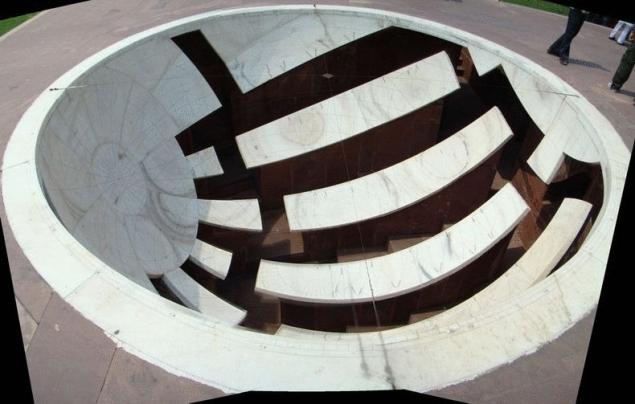
The Maharaja was interested in mathematics and astronomy, and in honor of this passion and decided to build his Observatory. He was under the influence of the Islamic school of astronomy, and was familiar with the works of the masters in this field. In its projects it also included the early Greek and Persian elements. The result was one of the most difficult in the architectural plan of astronomy ever created, unique in its design and function.
All built at that time buildings still exist and have survived to the present day, but the best preserved is the Jantar Mantar.
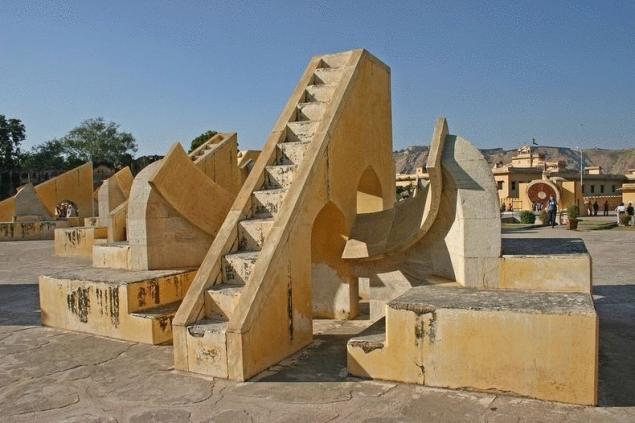
The Jaipur Observatory consists of 14 major geometric devices for measuring time, predicting eclipses, tracking stars and orbits, determine the slope of the planets and astronomical heights. The Samrat Yantra, the largest instrument, the solar disk with a height of 27 meters. For their shadows to determine the time of day with a precision of two seconds. His shadow moves at 1 mm per second.
One of the most difficult elements is the Jai Prakash, consisting of curved hemispheres with markings on the concave surfaces. With this instrument the observer could determine the position of the stars. With Gantry Frames it was possible to determine the altitude and azimuth of astronomical objects, including the sun.

Nowadays, the Observatory is a very popular tourist attraction of India. However, local astronomers still use it to predict the weather for farmers.
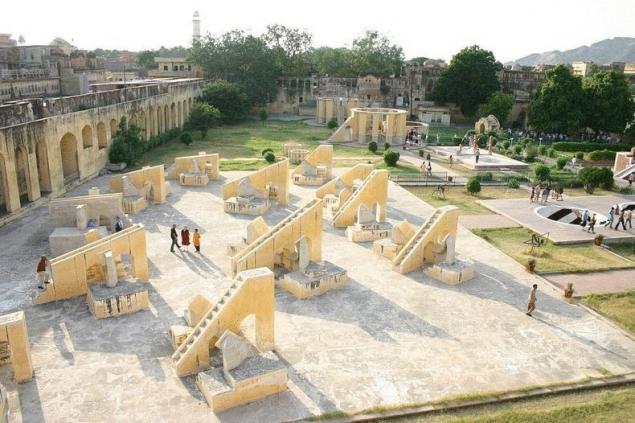
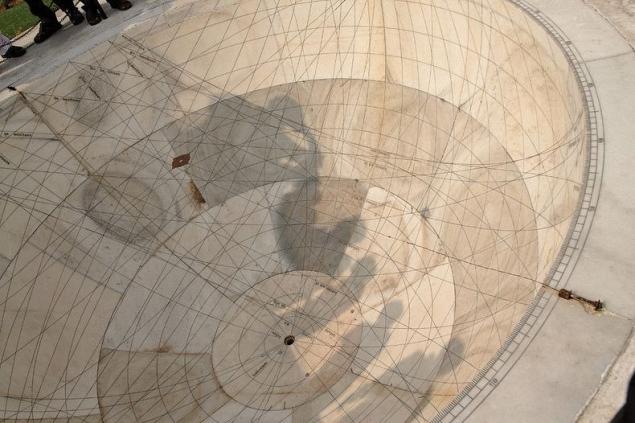
Source: /users/104
Gue(ho)st House is a phantasmagoric gallery of modern art in France
How to maintain strong bones to old age
